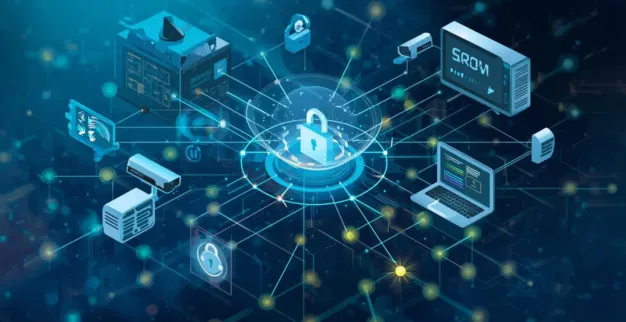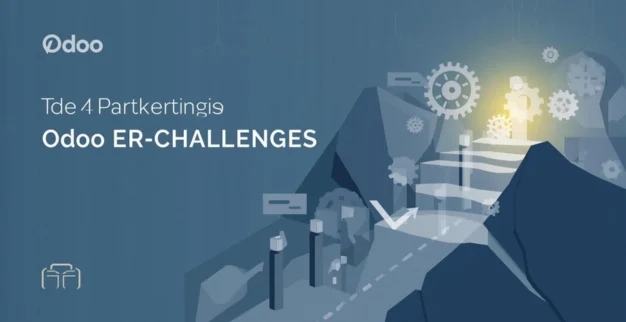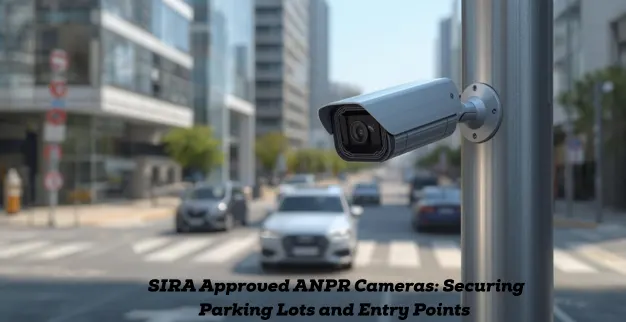Benefits of Combining SIRA Certified CCTV with SOC and SIEM
By: Ganesan D
02 Oct 2025
Category: CCTV security
Introduction
In today’s security landscape, simply deploying CCTV systems is no longer enough. While SIRA-certified CCTV ensures compliance and high-fidelity video capture, the rapidly evolving threat environment demands intelligent monitoring and analytics. By combining SIRA-certified CCTV with a Security Operations Center (SOC) and Security Information and Event Management (SIEM), organizations can shift from reactive surveillance to proactive, intelligence-driven security.
In this article, we explore the benefits of this powerful integration, and how it elevates security, compliance, and operational efficiency.
What Is SIRA-Certified CCTV and Why It Matters
SIRA (Security Industry Regulatory Agency) is a regulatory body (notably in UAE / Dubai) that mandates standards for security services and systems.
- A SIRA-certified CCTV system ensures that cameras, recording, storage, and installation meet strict regulatory criteria (image quality, retention periods, encryption, reliability).
- It helps with legal admissibility of video evidence, compliance with laws/regulations, and mitigates risks of fines or system rejection by authorities.
- It ensures performance, reliability, and technical standards (low latency, integrity, redundancy).
Thus, SIRA certification acts as a foundation of trust. But by itself, CCTV is purely a visual sensor. It needs intelligence and orchestration to keep up with modern threats.
What Are SOC and SIEM?
SOC (Security Operations Center)
A SOC is a dedicated team (internal or outsourced) responsible for monitoring, detecting, analyzing, and responding to security incidents across an organization’s infrastructure.
- 24/7 monitoring
- Incident response and escalation
- Threat hunting and analysis
- Forensics and root cause investigations
- Coordination with other security controls
SIEM (Security Information and Event Management)
SIEM is a security technology that aggregates logs, alert data, and events from multiple sources across the environment (networks, endpoints, servers, applications), and correlates them to detect patterns, anomalies or incidents.
- Log collection, normalization, and storage
- Correlation rules and analytics
- Real-time alerting
- Dashboards and reporting
- Incident response workflows and playbooks
- Forensic investigations and historical analysis
Benefits of Integrating SIRA CCTV with SOC + SIEM
- Unified Security Intelligence & Contextual Correlation: Link SIEM alerts with CCTV footage for better context and fewer false positives.
- Faster and More Accurate Incident Response: Analysts can immediately review footage to accelerate situational awareness.
- Reduced Alert Fatigue & False Positives: Visual confirmation helps filter noise and prioritize real threats.
- Compliance, Auditability & Forensics: Combine video + logs for stronger evidence and regulatory compliance.
- Proactive Threat Hunting & Anomaly Detection: Align video anomalies with digital events for insider misuse or stealth intrusions.
- Holistic Situational Awareness & Integrated Dashboards: SOC dashboards enriched with CCTV snapshots provide unified visibility.
- Operational Efficiency & Cost Savings: Consolidated operations reduce manual workloads and resource costs.
Use Cases & Scenarios
- Access control breach correlated with CCTV footage of intruder entry.
- Unauthorized area entry validated with after-hours video proof.
- Asset theft/tampering detected via SIEM logs and confirmed visually.
- Tailgating detection when badge use does not match video evidence.
Challenges & Considerations (and How to Mitigate)
No integration is without challenges. Here are some common issues and the best practices to address them:
| Challenge |
Mitigation / Best Practice |
| Data volume & storage |
Use efficient video encoding, selective archiving, and layered retention strategies. |
| Synchronization of logs & video time stamps |
Ensure all systems (CCTV, SIEM, access logs) use synchronized clocks (NTP) and consistent time zones. |
| Privacy & legal restrictions |
Ensure CCTV usage complies with privacy laws; mask sensitive zones; maintain access controls. |
| Integration complexity |
Use APIs, connectors, middleware, or SIEM modules specialized for video systems. |
| Alert tuning / false positives |
Iteratively tune correlation rules; involve domain experts familiar with both video and IT security. |
| Resource & cost constraints |
Consider hybrid deployment (cloud + on-prem), or managed SOC/SIEM services. |
Best Practices for Implementation
- Start with high-risk zones before scaling.
- Define correlation rules based on use cases.
- Synchronize timestamps across devices.
- Encrypt data and enforce least privilege.
- Regularly tune alerts and update rules.
- Maintain tamper-proof logs and audit trails.
- Train SOC analysts on video insights and CCTV operators on SOC workflows.
Conclusion
Integrating SIRA-certified CCTV with SOC + SIEM transforms traditional video surveillance into a proactive security intelligence platform. You gain richer context for alerts, faster incident response, reduced false positives, stronger compliance and forensics, and improved operational efficiency.



